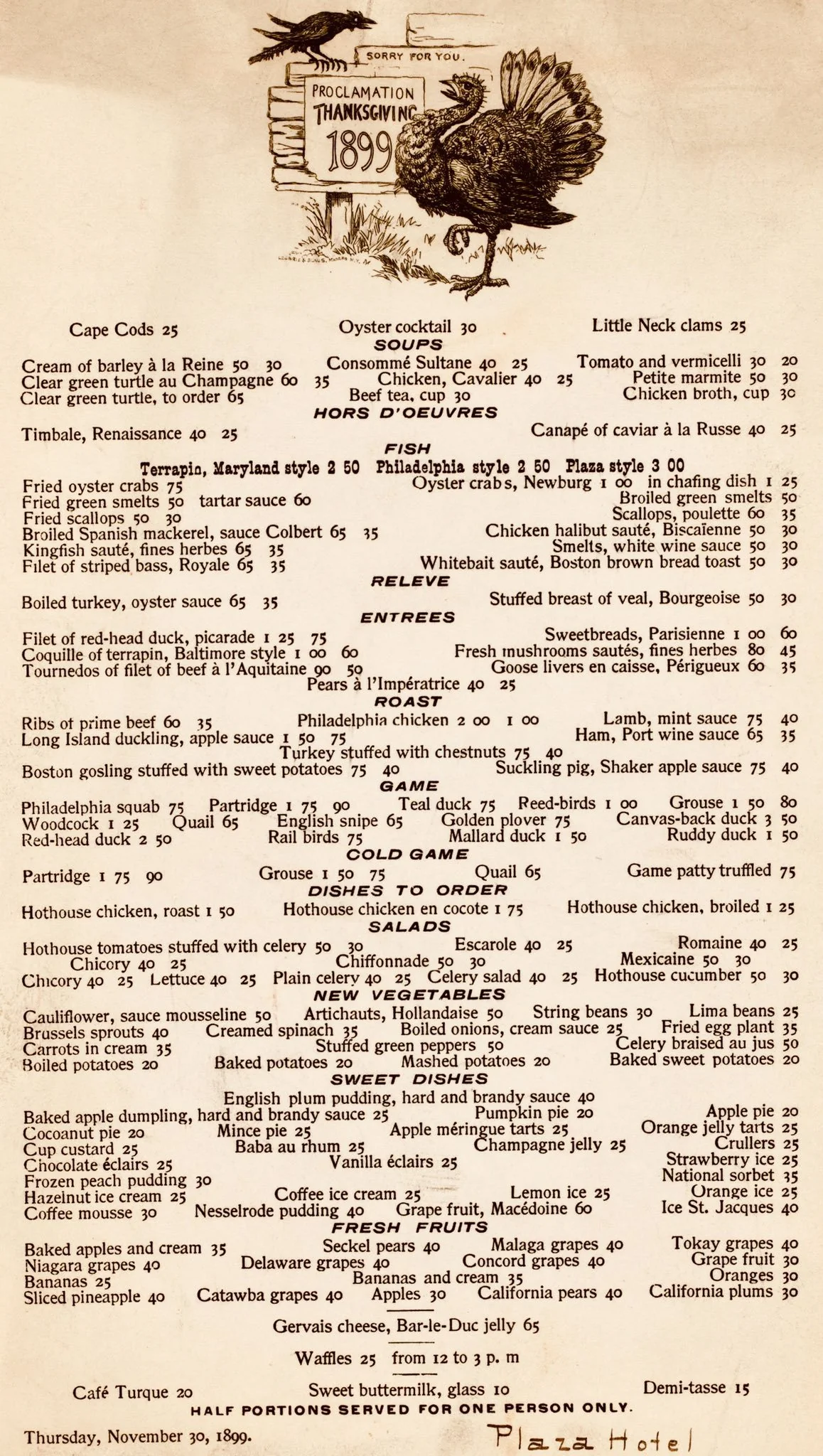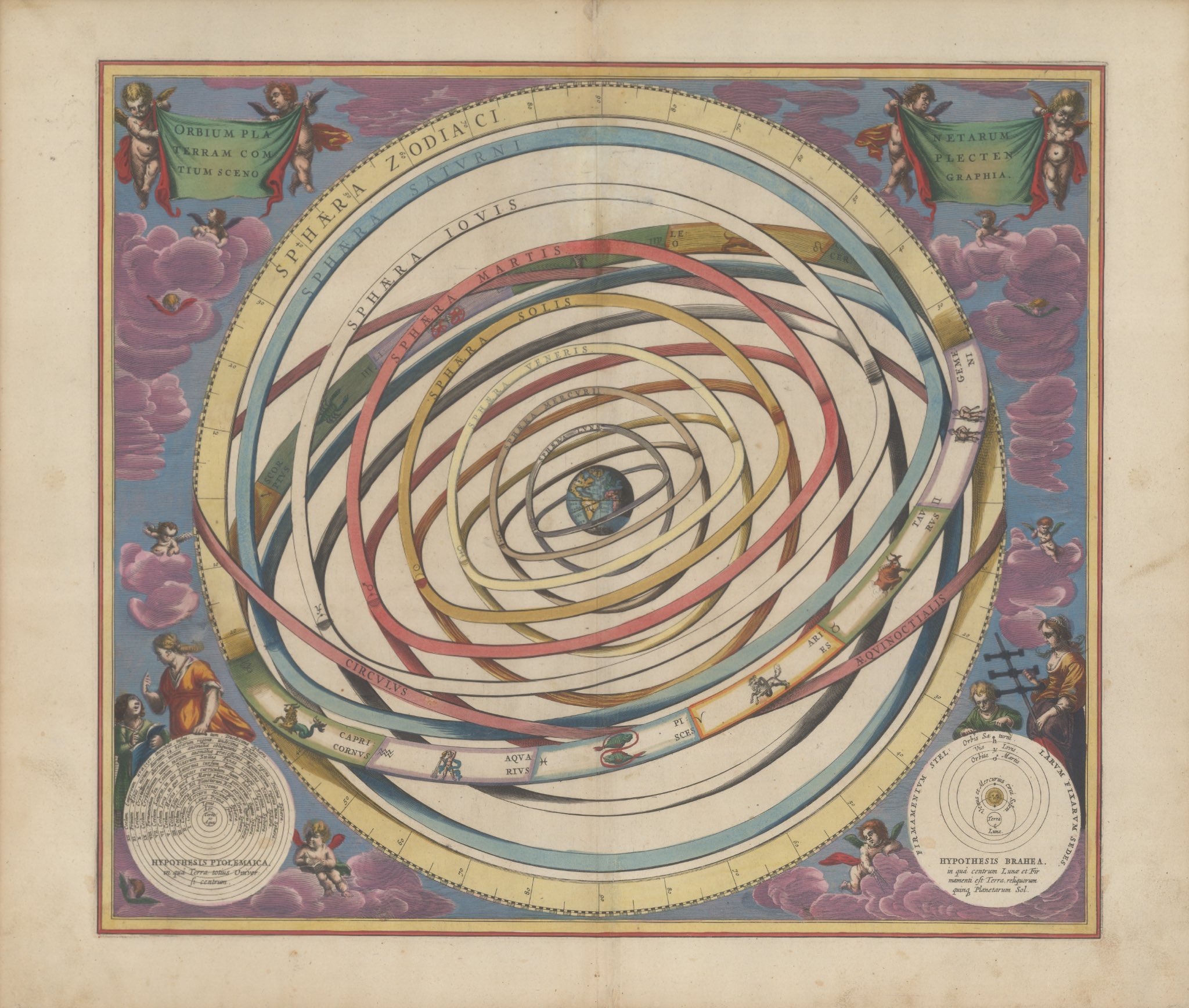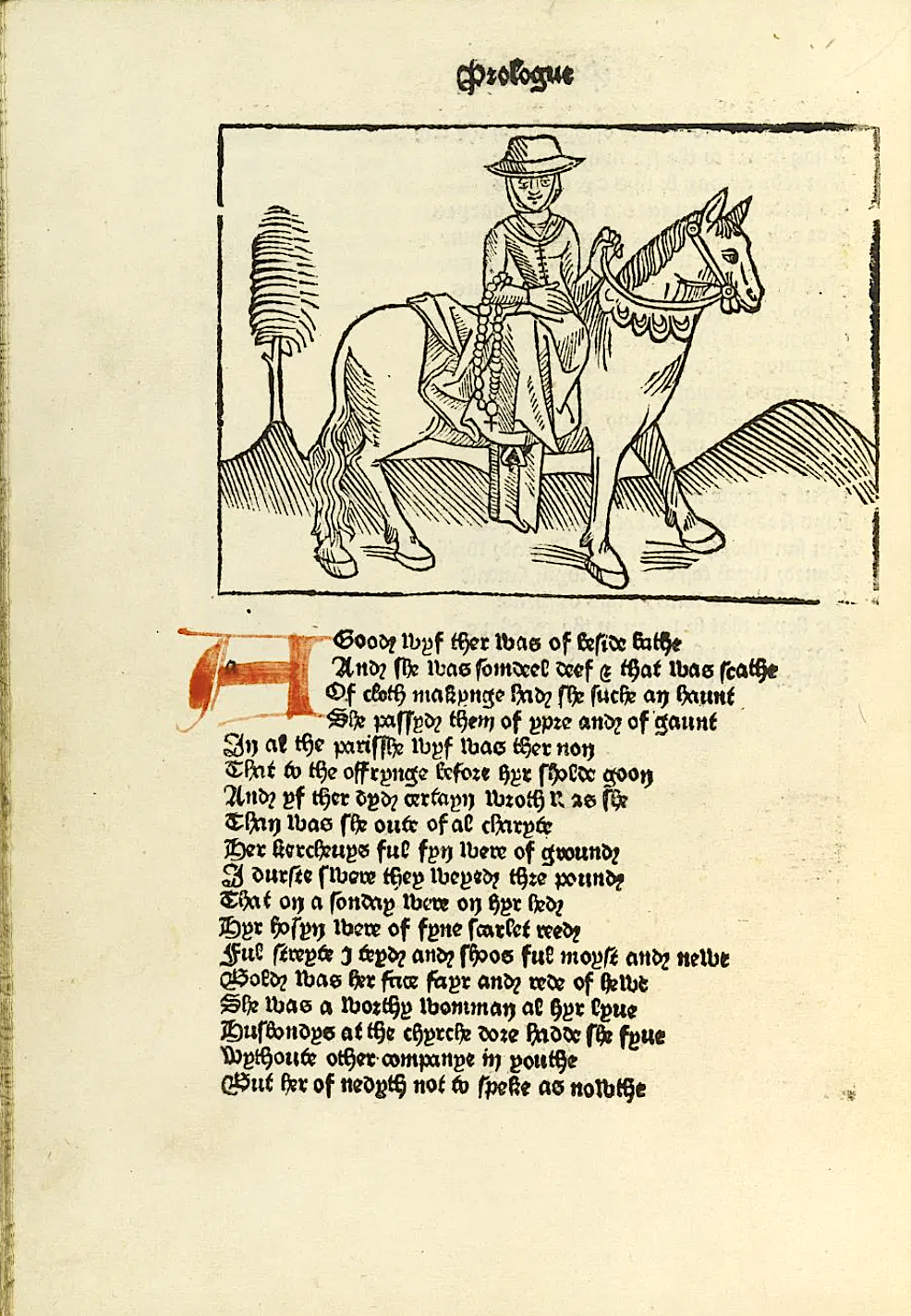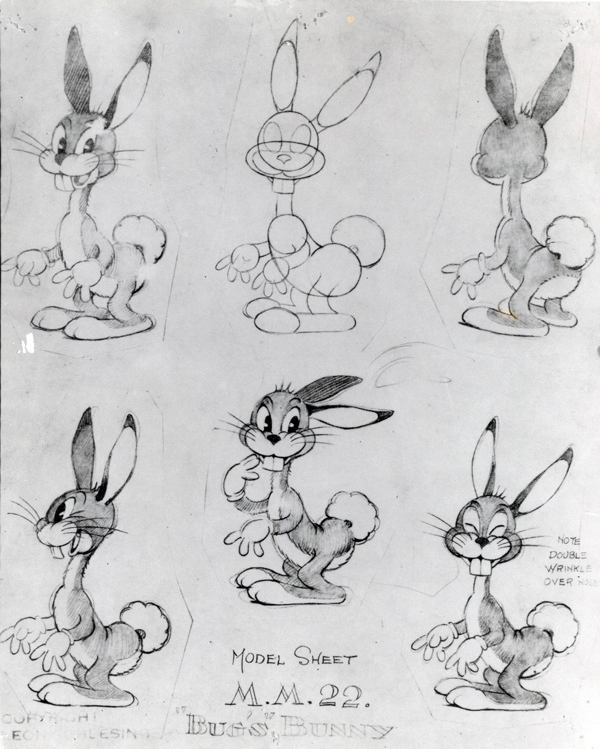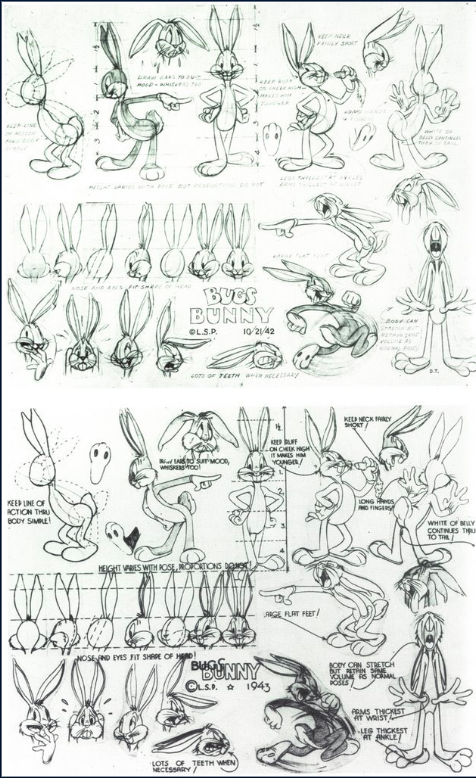Dance was as much a baked-in part of Prince’s allure, as his suggestive lyrics and mastery of multiple instruments.
The public got its first taste of his affinity for the form at a John Hay elementary school talent show to which he contributed a tap routine, and again at a James Brown concert at the Minneapolis Armory, when the 10-year-old briefly hopped onstage to mash potato, an incident he recalled in a 1985 interview with MTV.
He received formal training at the Minnesota Dance Theatre, as a teenaged participant in the city’s Urban Arts Program, and rehearsed obsessively.
Choreographer Cat Glover, a frequent collaborator, told Mpls. St. Paul Magazine:
He would push himself to the limit all the time. He made it look easy, but everything that looked easy was three months’ rehearsal. It was never easy.
The above rehearsal footage from the summer of 1984 doesn’t show the sweat, but the choreography is obviously demanding. Prince leaps, squats, pirouettes, throws himself into James Brown splits, and executes a flurry of precision dance moves — in wicked high heeled boots.
“He ruined his hips on those damn high heels he used to wear” according to Minneapolis-area choreographer, John Command, who worked with Prince and the cast of Purple Rain, for nearly a year before shooting began:
We would do Broadway stuff, Bob Fosse, Jerry Robbins who did West Side Story. A lot of that is very difficult stuff and he loved it.
Glover recalled how Prince would visit dance clubs to check partygoers’ response to his music:
For one of his songs to get recorded it had to come with everything. If your feet aren’t tapping, if your feet aren’t bopping, it’s not good enough. If you can’t dance with music then it’s no good.
In 1989, when he opened his Glam Slam nightclub, he insisted on a resident dance troupe, and made them a priority. Its choreographer, Kat Carroll remembered how dancers were held to the same exacting standards Prince set for himself:
We worked very hard, and he treated us very well and he paid us very well. But he also expected us to be on top of things, just like his musicians. We worked long hours, many times during the week.
Prince kept up with the professional dance world, offering to write a piece for Chicago’s Joffrey Ballet, and waiving his royalties when they performed to it, a move that lifted the company from financial disaster in the 90s and increased their audience base.
He recruited ballerina Misty Copeland to tour with him beginning in 2009, six years before she made history as the first Black principal dancer in the American Ballet Theater, another company to which he donated generously.
He was a fan of avant-garde choreographer Moses Pendleton, founder of MOMIX and co-founder of Pilobolus Dance Theater, but also the dance stylings of Paul “Pee-wee Herman” Reubens.
As Copeland reminisced to GQ shortly after Prince’s death:
There was one Pee-wee Herman movie that he was obsessed with. It was silly, like him, and funny, and quirky—watching Pee-wee Herman dance he just thought was the funniest thing.
?si=tg6j-xzvIsoYCkiQ
For those wondering about the soundtrack to the rehearsal footage at the top of the page, it’s Prince’s original studio version of “Nothing Compares 2 U” recorded in that same room, that same summer. Six years later, Sinead O’Connor’s cover became a global hit.
Related Content
Hear a 19-Year-Old Prince Crushing It on Every Instrument in an Early Jam Session (1977)
Prince’s First Television Interview (1985)
Read Prince’s First Interview, Printed in His High School Newspaper (1976)
- Ayun Halliday is the Chief Primatologist of the East Village Inky zine and author, most recently, of Creative, Not Famous: The Small Potato Manifesto. Follow her @AyunHalliday.

